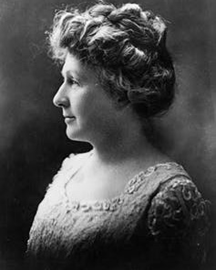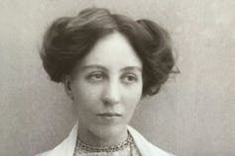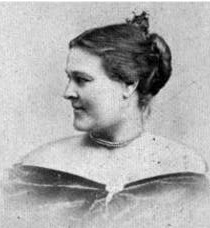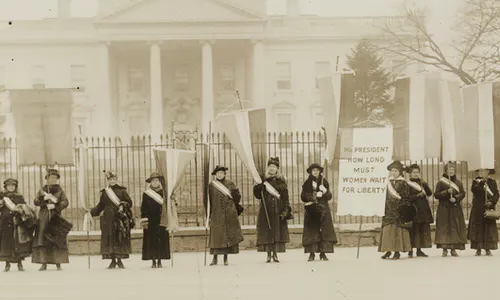Despite harsh, discriminatory conditions, low pay and lack of recognition, countless deaf women have fought with brilliance and dedication for personal and professional recognition, including for the right to vote. They contributed to women’s emancipation in the United States and Britain.
Annie Jump Cannon was a pioneering astronomer. Born in 1863, she experienced progressive hearing loss starting at a young age. One of the first women from Delaware to attend college, she was her class valedictorian when she graduated from Wellesley College, where she excelled in the sciences and mathematics.

In 1896, she was hired as a “woman computer” at the Harvard College Observatory, along with another prominent deaf astronomer, Henrietta Swan Leavitt.
The work involved looking at photos of stars and calculating their brightness, position and colour. The two were paid between 25 and 50 cents an hour – half the rate paid to men doing similar work. Nevertheless, Cannon is credited with cataloguing 350,000 stars. Building on others’ work, Cannon revolutionised and refined a system to rank stars from hottest to coolest that is still used today by the International Astronomical Union, though it is named for Harvard, not for her.
Cannon was a member of the National Woman’s Party, formed in 1916 to advocate for passage of the 19th Amendment to the U.S. Constitution, allowing women to vote. Cannon’s suffragist efforts used her profession as a launchpad, as when she declared that “if women can organise the sky, we can organise the vote.”
She used her prominence to pave the way for women in the sciences, becoming the first woman to receive an honorary degree from Oxford University in 1925, and facing down eugenicists who blocked her from joining the National Academy of Sciences because she was deaf. In 1938, after 40 years of service, her role as “the dean of women astronomers” finally earned her a permanent faculty position at Harvard, where she worked until her death three years later. A lunar crater, Cannon, and an asteroid, Cannonia, are named for her.

British deaf suffragist Helen Kirkpatrick Watts, born in 1881, was a militant member of the radical Women’s Social and Political Union who demonstrated at Parliament in 1909 for the women’s vote. After one protest that year, she was arrested and imprisoned – but began a 90-hour hunger strike that resulted in her release. As she left, she declared:
“The Suffragettes have come out of the drawing-room, the study and the debating hall, and the committee rooms of Members of Parliament, to appeal to the real sovereign power of the country – the people.”
Laura Redden Searing, born in 1840, was a gifted American poet, newspaper reporter and writer – often using the male pseudonym Howard Glyndon so her work would be taken more seriously. Deafened by illness as a child, she entered the Missouri School for the Deaf when she was 15 years old and learned sign language.
When communicating with non-signers, she wrote with a pencil and pad with which she conducted countless interviews over many years as a reporter and writer.

In 1860, Searing became the earliest deaf woman journalist, writing for the St. Louis Republican, whose editors sent her to Washington. There, she cultivated friendships with prominent leaders and interviewed General Ulysses S. Grant, soldiers on the battlefield, and President Abraham Lincoln. She also met future Lincoln assassin John Wilkes Booth, and taught him fingerspelling, a manual alphabet that is used in sign language.
When the Civil War ended in 1865, she travelled to Europe and picked up reading and writing in French, German, Spanish and Italian. She continued writing news stories for the St. Louis Republican and The New York Times. Returning to the United States in 1870, Searing wrote on a wide variety of topics for the New York Evening Mail and other newspapers and magazines.
She was a feminist who wrote about women’s issues such as unequal pay and women’s sexuality. She also explained her support for an 1872 campaign for women’s right to vote with an analogy to the freeing of the slaves after the Civil War:
“I believe I am called upon to sign this petition in conformation with that clause of our constitution which recognises the equal rights of all human beings of lawful age and sound mind without regard to sex, colour, or social condition. Having decided that black people do not belong to white ones, why not go a step farther and decide that women do not belong to men unless the proprietorship be recognised as mutual?”
Author: Joan Marie Naturale, Reference Librarian, National Technical Institute for the Deaf, Rochester Institute of Technology Libraries, Rochester Institute of Technology.
Published in The Conversation

